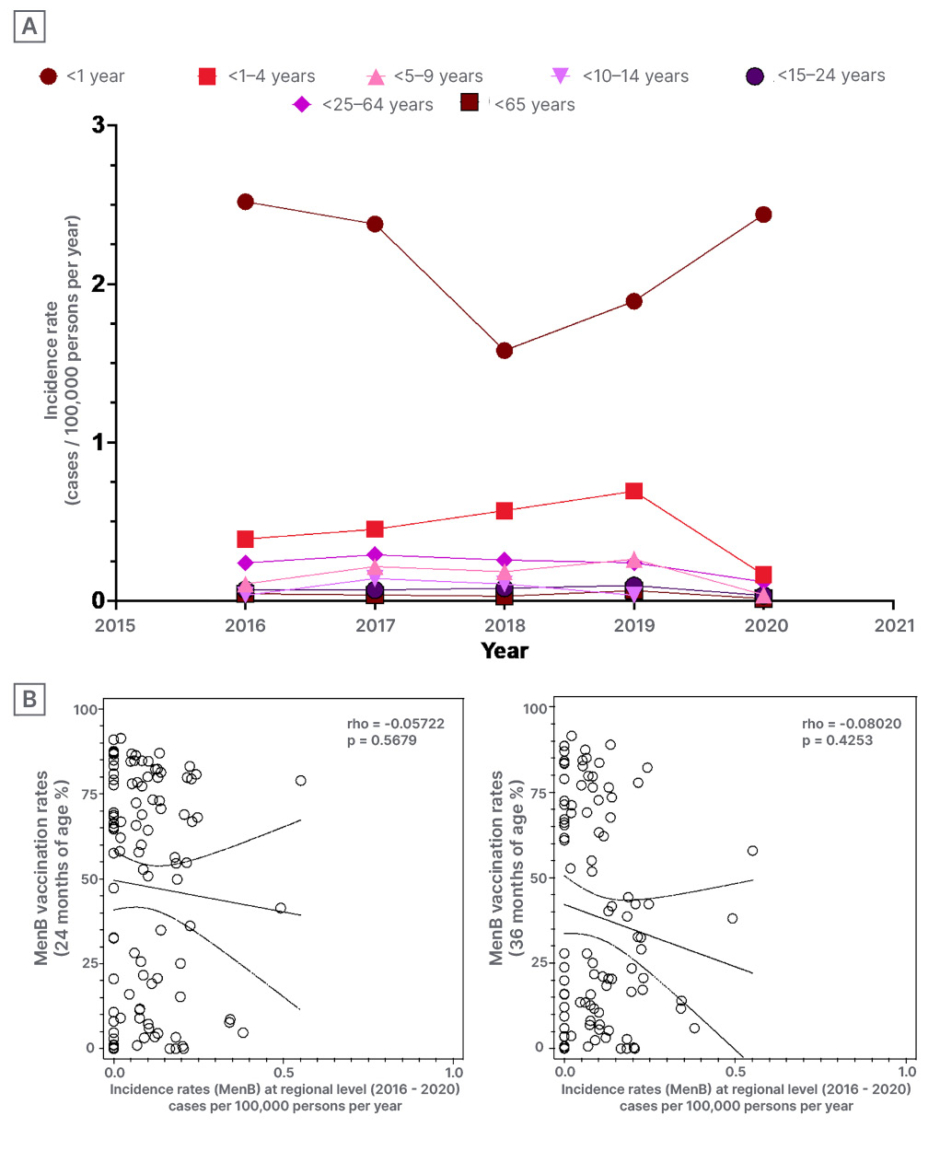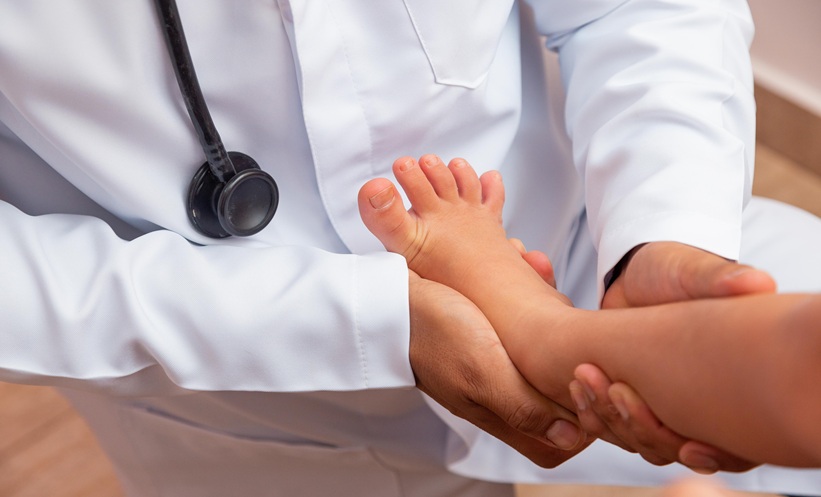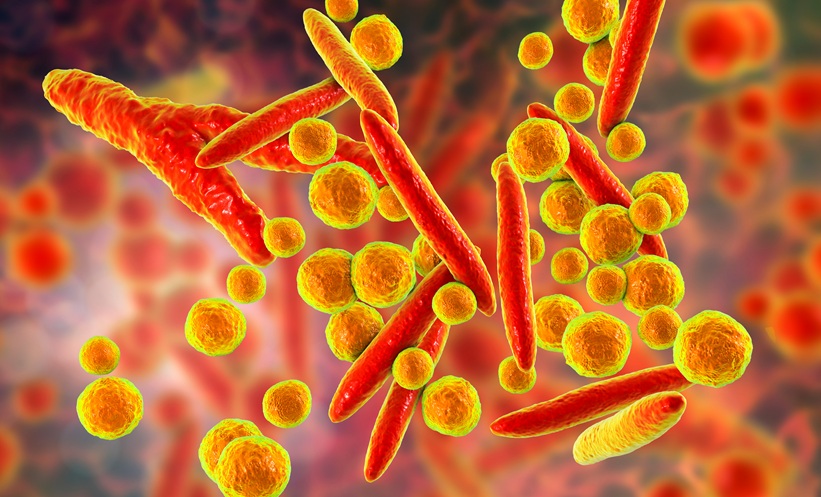BACKGROUND AND AIMS
Vaccination against Neisseria meningitidis serogroup B (MenB) has significantly aided the global efforts against invasive meningococcal disease (IMD).1,2 Some reports have suggested that, despite the lack of clear effects on carrier status, MenB is highly effective in reducing the occurrence of incident cases in highly vaccinated populations.2 Mitigation measures that have been implemented during 2020 against the severe acute respiratory syndrome coronavirus 2 pandemic have allegedly impaired the access to vaccination services, potentially impairing the delivery of childhood vaccinations, including MenB. Therefore, a recent increase in incident cases could be identified by retrospective analysis of corresponding data.
MATERIALS AND METHODS
The authors retrieved official Italian notification and surveillance data on IMD and vaccination rates for MenB between 2016–2020.3,4 All data are provided as aggregate at regional level, and by age group at national level. Excess incidence rates were calculated with their 95% confidence intervals (CI) as per cent values for 2020 compared with the average for 2016–2019. Correlation between incidence rates and vaccination rates was estimated through calculation of the Spearman’s rank correlation coefficient (rho). Data included in this analysis were retrieved as anonymous and collective from National Health Service (NHS) repositories; therefore, no preventive ethical approval was required for their analysis.
RESULTS
A total of 34 cases of MenB IMD were reported in 2020, compared with 84 in 2019, 71 in 2018, 74 in 2017, and 67 in 2016. The standardised incidence rate for IMD associated with MenB was 2,811 per 100,000 persons in 2020. Corresponding excess incidence rates were estimated in -56.51% (95% CI: 27.3–-85.7%), with heterogeneities by age groups, and among the Italian regions. Incidence rates decreased in all age groups but newborns (+14.9%; 95% CI: -23.1–+53.1% [Figure 1A],). Corresponding vaccination rates increased from 14.7% at 24 months in 2016 to 66.3% in 2020 (70.0% in 2019; Wilcoxon signed rank test; p=0.226), and from 7.7% at 36 months in 2016 to 72.9% in 2020 (48.5% in 2019; p <0.001). No correlation was identified between incidence rates and vaccination rates, neither for vaccination rates at age 24 months (rho=-0.057; p=0.568), nor for 36 months (rho=-0.080; p=0.425 [Figure 1B],).

Figure 1: (A) Incidence rates (2016–2020) for invasive meningococcal diseases associated with Neisseria meningitidis serogroup B; and (B) correlation between vaccination rates for Neisseria meningitidis serogroup B (24 months of age and 36 months of age) and invasive meningococcal disease at regional level, Italy, 2016–2020.
MenB: meningitidis serogroup B; rho: Spearman’s rank correlation coefficient.
CONCLUSION
During 2020, vaccination rates for MenB were only moderately affected by mitigation measures, while incidence rates dramatically decreased compared to the previous years, in both raw and crude figures. Vaccination rates unexpectedly increased from 2019 to the end of 2020. Still, as no correlation was identified between vaccination rates and incidence rates, the most likely explanation resides in a positive effect of non-pharmaceutic measures elicited by the severe acute respiratory syndrome coronavirus 2 pandemic, as otherwise suggested by epidemiological studied on other respiratory pathogens (e.g., respiratory syncytial virus, influenza, etc.).5-7








